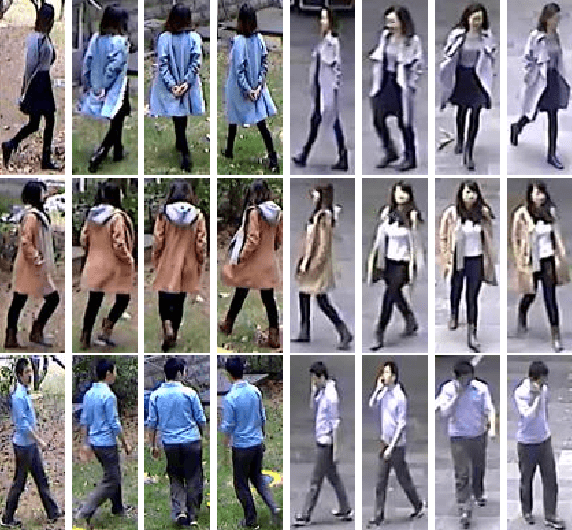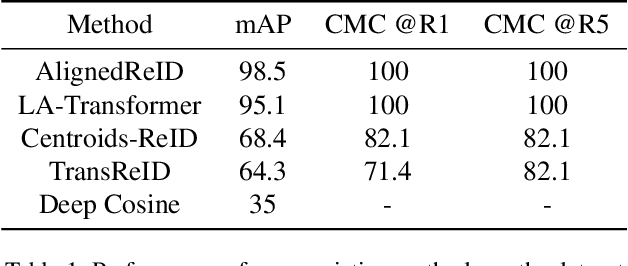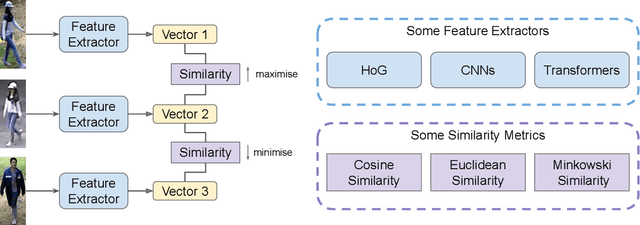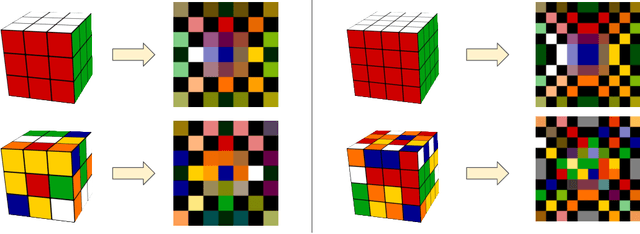Mustafa Ebrahim Chasmai
Person Re-Identification
Apr 27, 2022



Abstract:Person Re-Identification (Re-ID) is an important problem in computer vision-based surveillance applications, in which one aims to identify a person across different surveillance photographs taken from different cameras having varying orientations and field of views. Due to the increasing demand for intelligent video surveillance, Re-ID has gained significant interest in the computer vision community. In this work, we experiment on some existing Re-ID methods that obtain state of the art performance in some open benchmarks. We qualitatively and quantitaively analyse their performance on a provided dataset, and then propose methods to improve the results. This work was the report submitted for COL780 final project at IIT Delhi.
CubeTR: Learning to Solve The Rubiks Cube Using Transformers
Nov 11, 2021



Abstract:Since its first appearance, transformers have been successfully used in wide ranging domains from computer vision to natural language processing. Application of transformers in Reinforcement Learning by reformulating it as a sequence modelling problem was proposed only recently. Compared to other commonly explored reinforcement learning problems, the Rubiks cube poses a unique set of challenges. The Rubiks cube has a single solved state for quintillions of possible configurations which leads to extremely sparse rewards. The proposed model CubeTR attends to longer sequences of actions and addresses the problem of sparse rewards. CubeTR learns how to solve the Rubiks cube from arbitrary starting states without any human prior, and after move regularisation, the lengths of solutions generated by it are expected to be very close to those given by algorithms used by expert human solvers. CubeTR provides insights to the generalisability of learning algorithms to higher dimensional cubes and the applicability of transformers in other relevant sparse reward scenarios.
 Add to Chrome
Add to Chrome Add to Firefox
Add to Firefox Add to Edge
Add to Edge